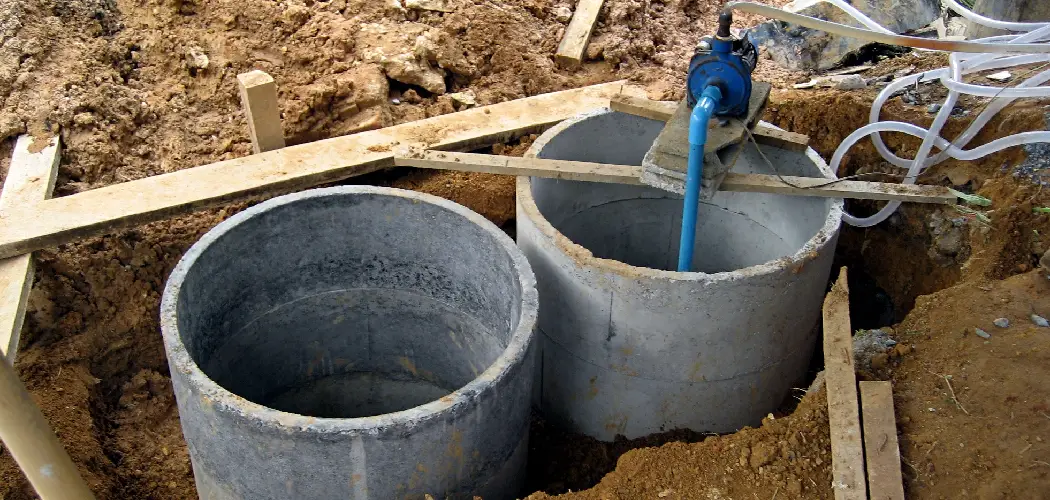Septic tanks are an important and economical part of your home’s wastewater management plan. Unfortunately, they can break down or malfunction over time. To avoid costly repairs – or even unexpected system failure – it’s important to know how to repair a septic tank when problems arise.
In this blog post, we’ll look at the typical diagnosis and repair process for common septic tank issues, from faulty pipes and clogs to leaks and damaged parts. With the advice in this article, you can take control of your home’s plumbing health by quickly identifying any potential problem areas and taking proactive steps toward repairing them yourself!
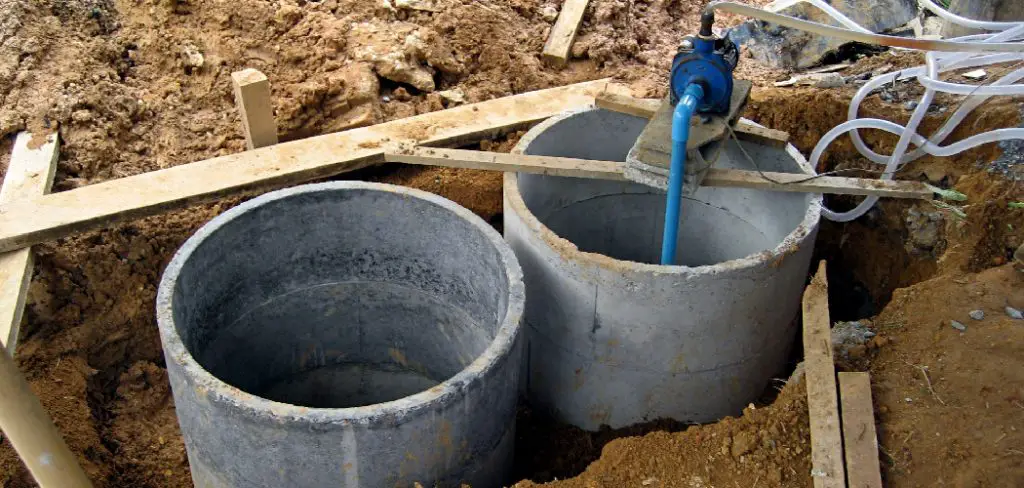
If you’re responsible for the maintenance of a septic tank, chances are you know that this is an area where regular upkeep and repairs should be performed. Keeping your system in top condition can prevent major headaches down the road by avoiding expensive repairs or system failure. Today’s post will focus on how to repair a septic tank system so that it operates at its best with minimal disruption and cost.
We’ll go over what tools and materials you’ll need along with step-by-step instructions on how to repair a septic tank so that you feel confident tackling this job yourself.
What Causes Problems to a Septic Tank?
1. Improper Installation
A poorly planned, designed, and installed septic system is likely to fail. The tank should be positioned at the correct height so that solids in the septic tank can settle properly, and a proper drainage field should be designed for the efficient disposal of treated wastewater.
2. Heavy Water Usage
Too many appliances using too much water will overload a septic system. Not allowing the tank to empty and recharge properly can cause an accumulation of solids in the septic tank, leading to septic system failure.
3. Poor Maintenance
Routine maintenance is essential for keeping a septic system functioning properly, including regular pumping of the tank and monitoring of the drain field. Without proper care and maintenance, the system can become overloaded with waste products and fail.
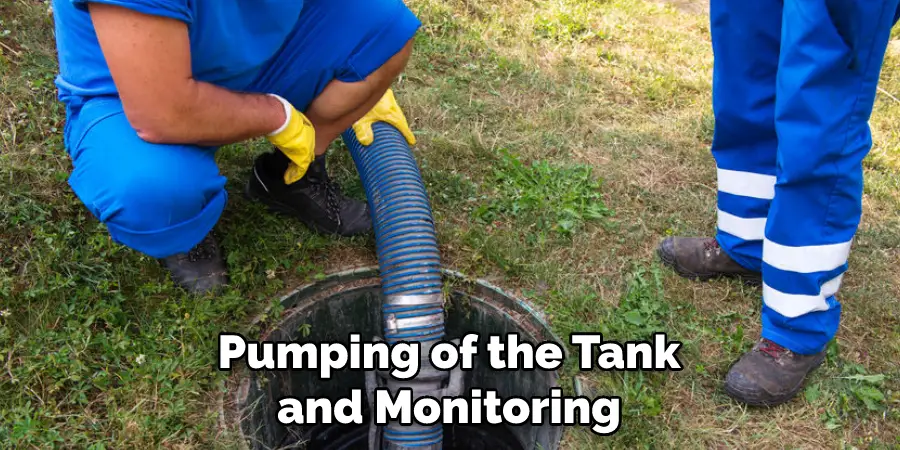
4. Tree Root Intrusion
Tree roots can grow into a septic tank or drain field, clogging pipes and interrupting proper drainage. If a tree is too close to a septic system, it should be removed before it causes any damage.
5. Leaking or Burst Pipes
Septic pipes can become cracked, separated, corroded, or otherwise damaged and start leaking. If not fixed in a timely manner, this leakage can cause severe damage to the system, leading to costly repairs.
Ultimately, understanding how a septic tank works is key for ensuring that it functions properly and lasts as long as possible. Knowing what can cause problems and taking the time to inspect and maintain the system will help keep it in good working order. With proper care, it should be able to last for many years.
However, if a problem does arise, don’t hesitate to contact a professional septic tank repair service right away to prevent further damage.
10 Tips On How to Repair a Septic Tank
1. Understand the Basics
Learning the basics of septic tank systems is key when it comes to performing repairs. Knowing about the different components and how they function can help you identify potential problems and address them quickly and efficiently.
2. Regular Maintenance
Septic tanks require regular maintenance in order to keep them functioning properly. This includes pumping out solids, cleaning inlet and outlet pipes, checking for blockages, and other necessary tasks.
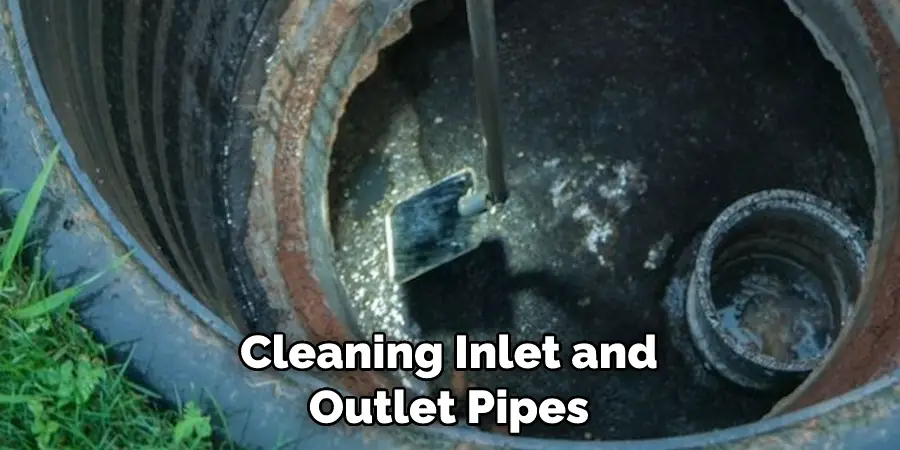
3. Clean the Tank Regularly
Septic tanks should be cleaned out regularly to prevent clogs and backups. This can help maintain a healthy system and reduce the need for repairs down the road. It will help to extend the life of your septic tank and save money in the long run.
4. Check for Blockages
Regularly inspect your septic system for blockages or other debris that can disrupt the flow of water through it. If you notice any potential blockages, it’s important to address them quickly before they become bigger problems.
5. Inspect the Distribution Box
Checking the distribution box regularly is key to maintaining a healthy septic system. The distribution box should be free of any solids or sludge, and if you notice that it’s not draining properly, it could mean there’s an underlying issue with your septic tank.
6. Check the Inlet & Outlet Pipes
Inspecting your septic tank’s inlet and outlet pipes is essential to its functioning properly. Make sure that they are free of any blockages or debris, as this can cause serious backups. If you find any blockages, it’s important to address them as soon as possible.
7. Repair Broken or Worn Parts
Check your septic tank for any broken or worn parts that need replacing. It’s best to use the same type of part when replacing any components so you can be sure the replacement will work properly.
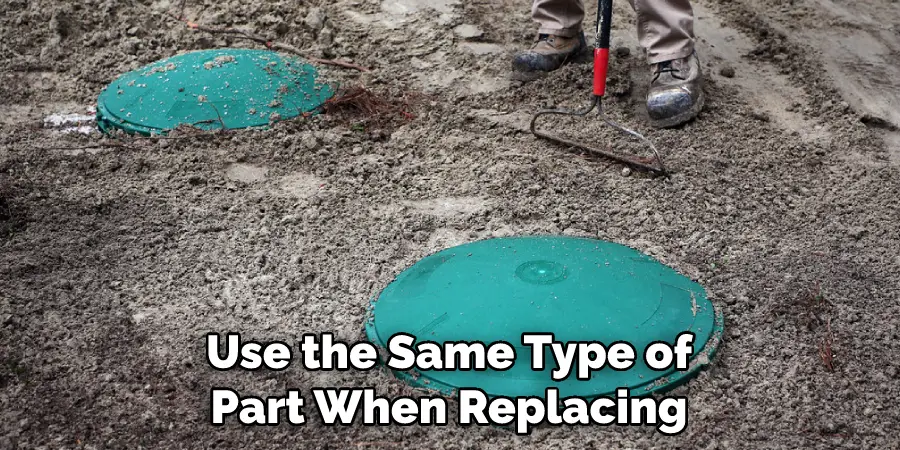
8. Inspect for Leaks
Check for leaks regularly to prevent further damage to your system. This can be done by checking for water seeping from the ground around the tank and inspecting any pipes that are connected to it.
9. Have a Professional Inspect Your System
If you’re unsure of how to perform septic repairs, then having a professional plumber or septic company inspect your system is recommended. They will be able to identify any potential problems and take the necessary steps to repair them.
10. Have Your Tank Pumped Regularly
Having your septic tank pumped regularly is essential for its functioning properly. It helps remove solid waste that has built up over time, ensuring that your system runs as efficiently as possible.
This will help you avoid costly repairs down the road and ensure that your septic tank is always in top shape.
By following these tips and taking the necessary steps to inspect, maintain, and repair your septic tank on a regular basis, you can ensure that your system runs smoothly and reduce the need for costly repairs.
Frequently Asked Questions
What Precautions Should I Take When Repairing a Septic Tank?
It is important to take safety precautions when repairing a septic tank. Wear protective gloves, safety glasses, and a mask to avoid coming in contact with hazardous materials such as sewage and chemicals. Avoid inhaling fumes from the tank by using an exhaust fan or ventilator near the work area. Work slowly and carefully, taking all necessary safety measures.
What are the Common Symptoms of Septic Tank Problems?
Common signs that your septic tank may need to be repaired include foul odors in the house, slow drains, and water pooling near the tank. If you notice any of these symptoms, contact a professional plumber to inspect your septic system and determine the source of the problem.
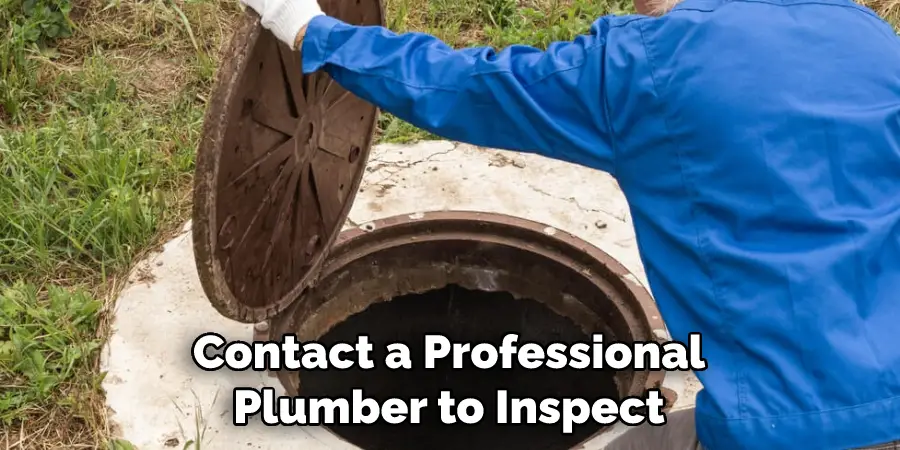
What are the Steps Required to Repair a Septic Tank?
The steps required to repair a septic tank vary depending on the type and severity of the issue. Generally, repairs involve checking for clogs in pipes, unblocking drains and vents, replacing broken parts, repairing the tank’s lining, and more. If you are unsure of what to do it is best to contact a professional plumber for assistance.
What Tools Will I Need to Repair a Septic Tank?
The tools required to repair a septic tank depending on the type and severity of the issue. Generally, basic hand tools such as a wrench, screwdriver, and pliers are required. You may also need specialized tools such as a sewer snake or a high-pressure cleaner to clear clogs and debris.
Is it Possible to Repair a Septic Tank Myself?
The complexity of septic tanks makes professional repairs necessary in most cases. If you have experience with plumbing and septic systems, you may be able to handle minor repairs yourself. However, it is important to contact a professional plumber for all complex repairs.
What Maintenance Should I do to Prevent Future Septic Tank Issues?
It is essential to perform regular maintenance on your septic tank in order to prevent future problems from occurring. Make sure to have your tank pumped out every two to three years, inspect the plumbing regularly, and check for signs of wear or damage. With proper maintenance, you can ensure that your septic system remains in good working order. Be careful while doing this.
Conclusion
The process of repairing a septic tank can be tricky, but with the right research and guidance, you can successfully restore your septic system to its optimal functioning condition. Make sure you research local options for professionals who can help and take the time to identify the source of your problem before tackling it head-on.
Remember to always remain mindful and stay safe while working on any project. If you don’t feel comfortable completing the repair yourself, hiring a professional is essential so that it’s done correctly. Don’t let a broken septic system stand between you and an operational home; follow these steps to fully understand how to repair a septic tank and get any necessary repairs done quickly!

